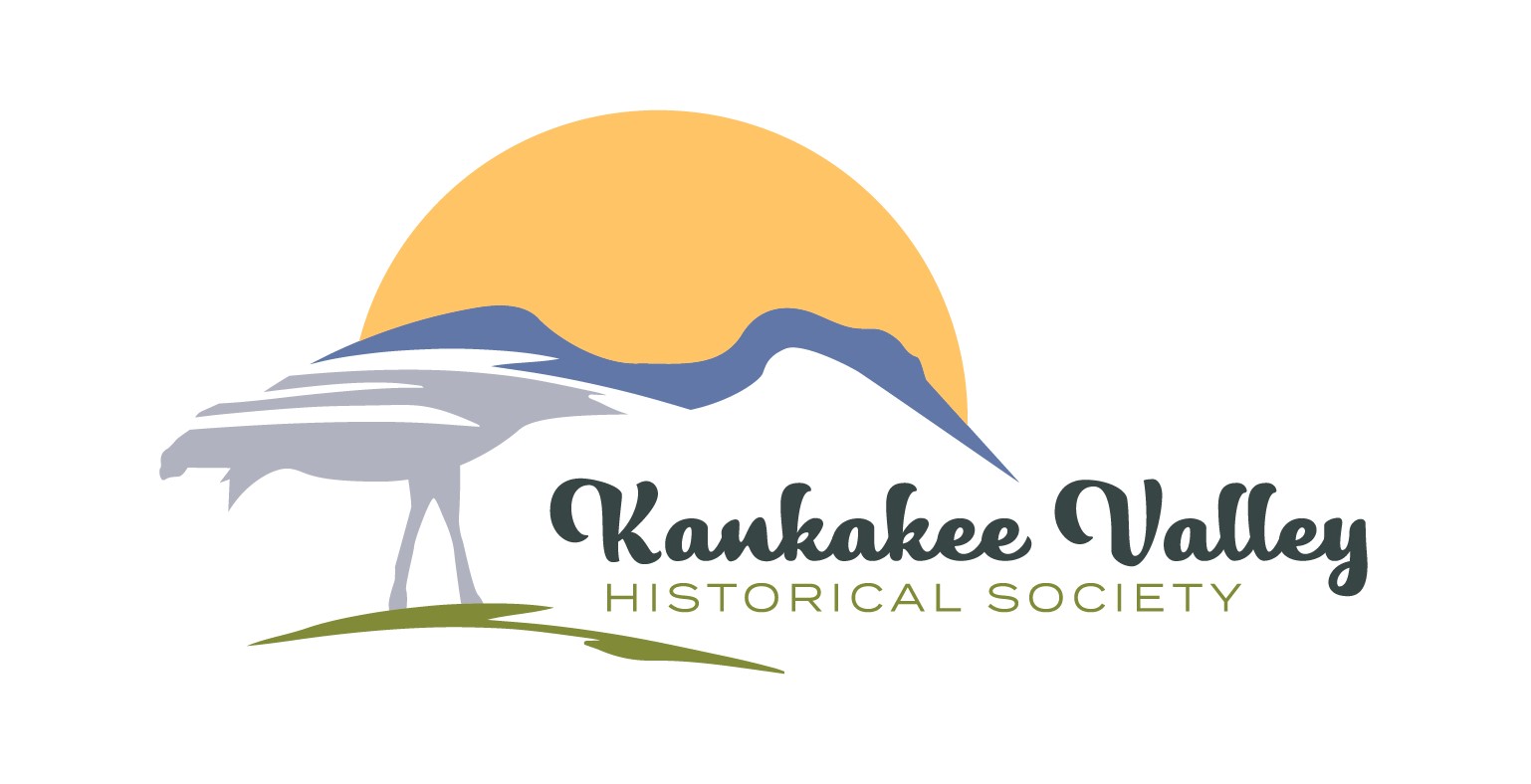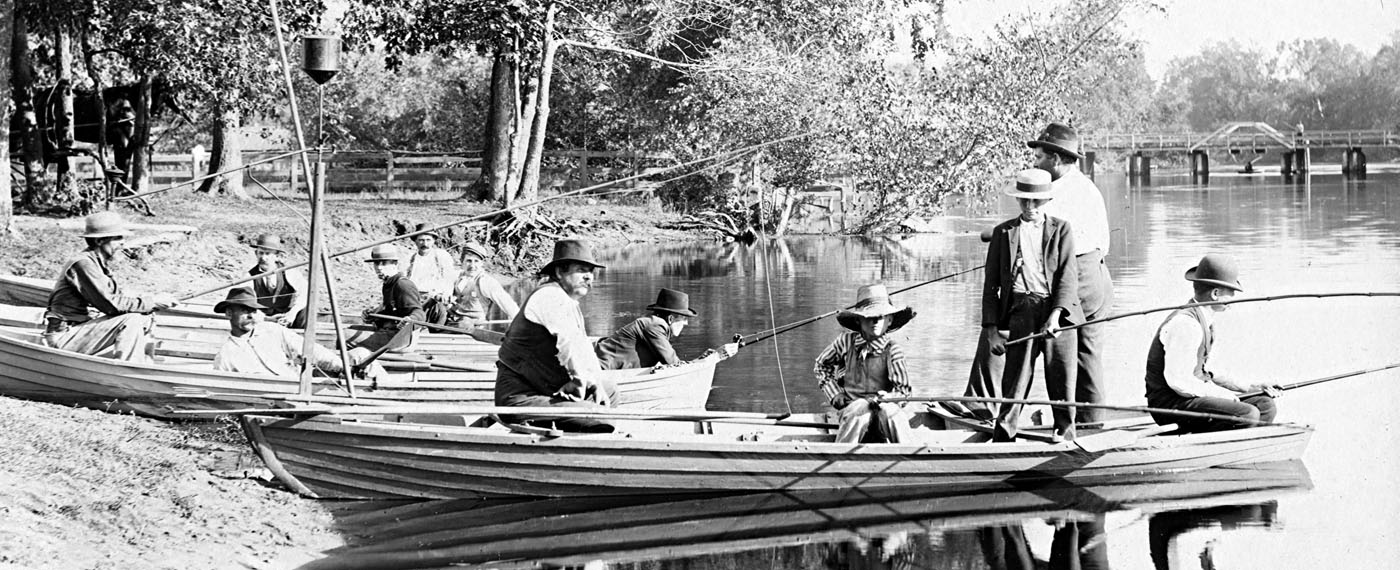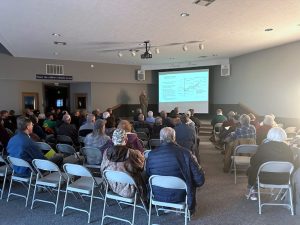Reserve seating application found below
Join us to hear the horrifyingly true story of how our Northwest Indiana “Everglades of the North” was reduced to the Marble-Powers Ditch, aka the Kankakee River.
Where: Open Door Fellowship Church hall (636 S Baums Bridge Rd, Kouts, IN 46347)
When: April 8, 2025 6:30 pm
Cost: Free, donations appreciated.
Whatever Happened to the Kankakee Marsh?
Dr. Michael Dobberstein
Imagine this: you are standing somewhere in southern Indiana, about 15,000 years ago. You notice first the sharp cold, and it is snowing. It has been snowing for a very, very long time. Looking to the north, you see a cliff of ice, at least a mile high, looming out of the heavy mist of snow. This mountain of frozen water is pockmarked with rocks and large boulders, and fills your entire field of vision, stretching from the eastern to the western horizon. You are looking at the southern edge of the Laurentide Ice Sheet; in fact, you are standing at the southern-most reach of this enormous glacier, which covers most of Canada, a large part of the upper Midwest, and most of the northeastern U.S. The weight of this ice will carve deep canyons in a huge area, and when the climate begins to warm, the melting ice retreats north, filling these canyons with water. The canyons become the Great Lakes. The retreating ice drags rocks and gravel as it moves, which it deposits in northern Indiana, creating ridges called moraines. Melt water is trapped between some of these moraines, and forms a giant lake, which stretches from about where South Bend is now to Momence, Illinois.
The lake slowly drained, but it could not drain completely because a shelf of limestone near Momence trapped water in the shallow valley. When the lake was finally gone, it left a vast marsh. A river rose in the northeastern part of the marsh, and flowed southwest, into what is now Illinois. The glacier had left a thick layer of sand underneath the river, except in Illinois, where the river runs over solid limestone. The layer of limestone is thick, reaching up to the surface of the river, and impedes the flow of water. Thus the current of the river in Indiana is much slower than in Illinois. For thousands of years the river sluggishly twisted and turned its way through a huge sandy plain, nourishing one of the greatest inland wetlands in north America, the Kankakee Marsh.
Humans inhabited this area for millennia. They camped on the sandy knolls that rose above the marshy ground and cultivated wild rice, hunted game, caught fish, and prospered, sustaining themselves among uncounted thousands of waterfowl that visited the river and its marsh, century after century.
History, as we understand it, began in the marsh when the first Europeans explored the area in the seventeenth century. The lands of Indiana began to change rapidly as European, and later American settlers, moved into the region. The great hardwood forests that covered most of the state were cut down as people cleared land for settlements and farmland. In 1816, Indiana became the nineteenth state to join a new country called the United States, and its government began to look for ways to convert more territory into farmland. Officials looked apprehensively at the great marsh in the northern part of the state, which prospective settlers avoided because it could not be farmed. Those wetlands, like others in all the states, belonged to the federal government, but in 1850, the U.S. Congress granted title of them to the states.
Indiana found itself in possession of over a million acres of wetlands. The Kankakee Marsh comprised nearly half of these acres.
Indiana immediately passed legislation that enabled the draining of its wetlands, and over the next fifty years, the General Assembly passed many more laws that encouraged draining. Plans to drain the marsh emerged quickly. These plans included straightening the meandering, crooked river in order to increase its sluggish current, and constructing ditches to carry water away from the marsh into the river.
Drainage laws allowed the formation of private companies which had the power to raise money from landowners. The first of these companies, created specifically to drain the Kankakee Marsh, was very unpopular, and the legislature disbanded it. Interest among Kankakee landowners to drain the marsh, however, remained strong, and by the end of the nineteenth century, they formed companies whose purpose was to begin the destruction of the marsh.
These companies met vigorous resistance from other landowners, but in 1901, the Kankakee Improvement Company began dredging and channelizing the upper Kankakee River. The invention of the steam-powered dredge boat, used in the construction of the Suez Canal, made such work possible on an industrial scale, and with assembly-line efficiency. By 1906, such machines had dredged and straightened fifty-five miles of the river. By 1923, the entire length of the Kankakee in Indiana was channelized, and most of the great marsh was gone. In fewer than 25 years, a great natural landform, created thousands of years ago, was destroyed.
Draining accomplished the goal of converting the marsh into richly productive farmland, but complex ecologies composed of oak swamps, thousands of acres of marsh grass, and habitats for hundreds of species of water fowl and fish were extinguished. Many thought that draining the marsh would stop flooding along the river, but channelization and the loss of wetlands produced the opposite effect. The Kankakee floods almost annually, sometimes catastrophically, damaging hundreds, even thousands of acres of valuable farmland.
Throughout the twentieth century, environmental groups were successful in restoring and preserving some parts of the marsh, and the state has spent millions of dollars in efforts to manage flooding along the river. A hundred years after draining, restoration of the marsh continues with some help from landowners, but flooding has become recognized as a permanent condition for life on the Kankakee.
Please support the Kankakee Valley Historical Society mission to promote and preserve the rich history, culture and ecology of the Kankakee Valley through wise stewardship for this and future generations.
Make a donation to the Kankakee Valley Historical Society.
Kankakee Valley Historical Society Individual Membership application
Kankakee Valley Historical Society Family Membership application.
Tales of the People and Places of the Olde Kankakee River by Richard “Dick” Schmal.
Reserve your free seating
















